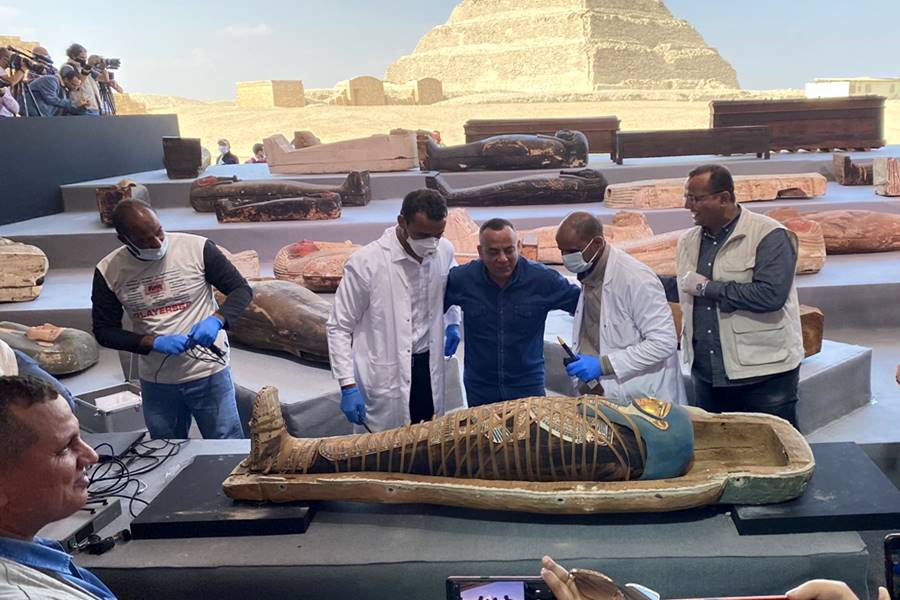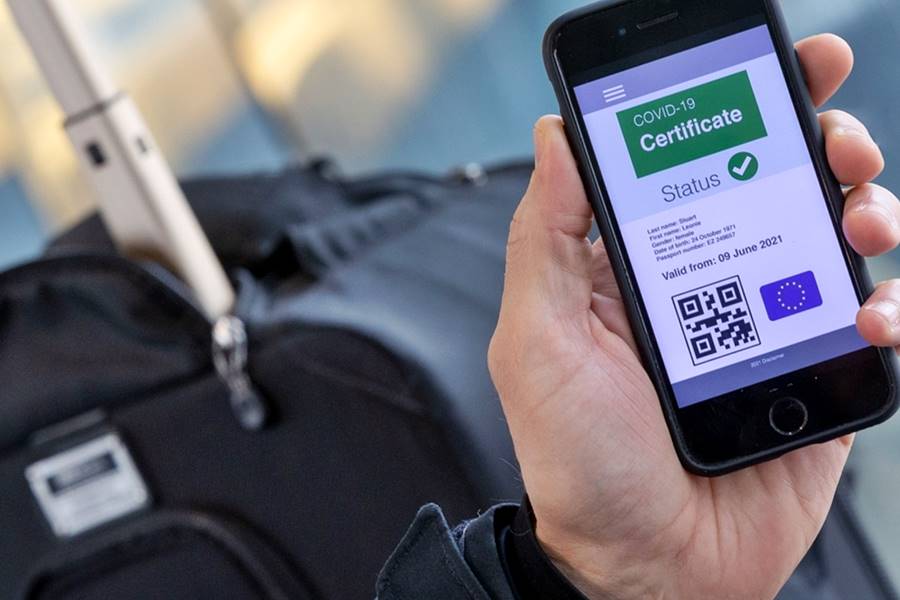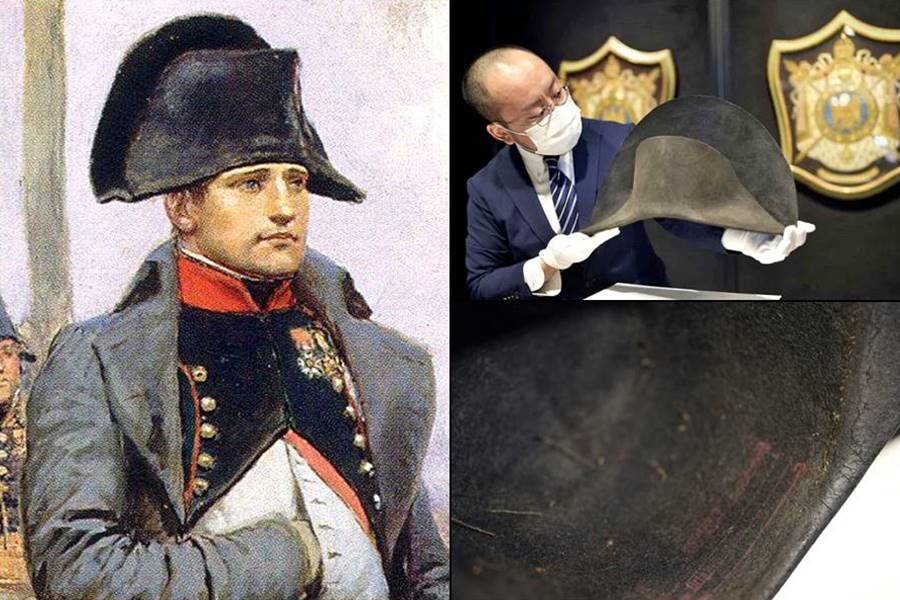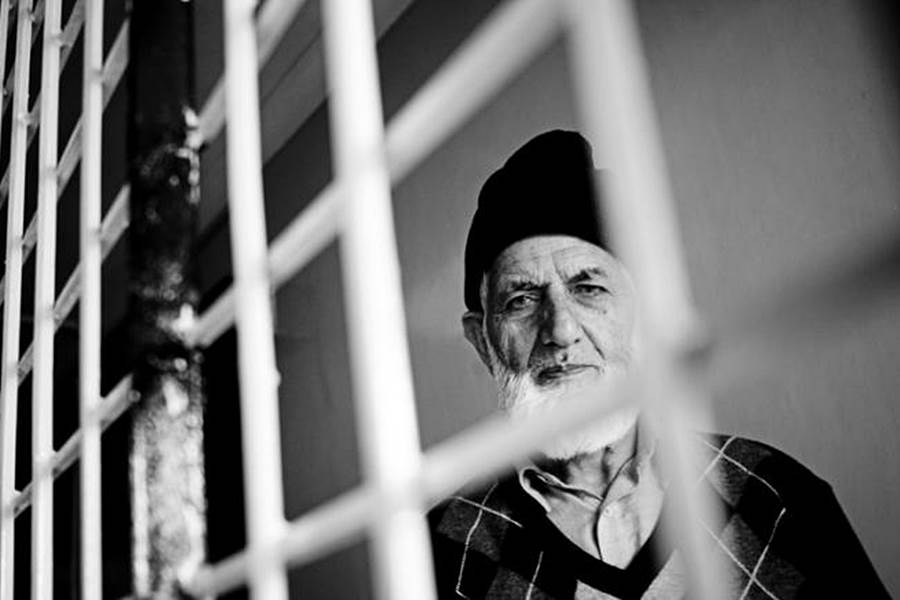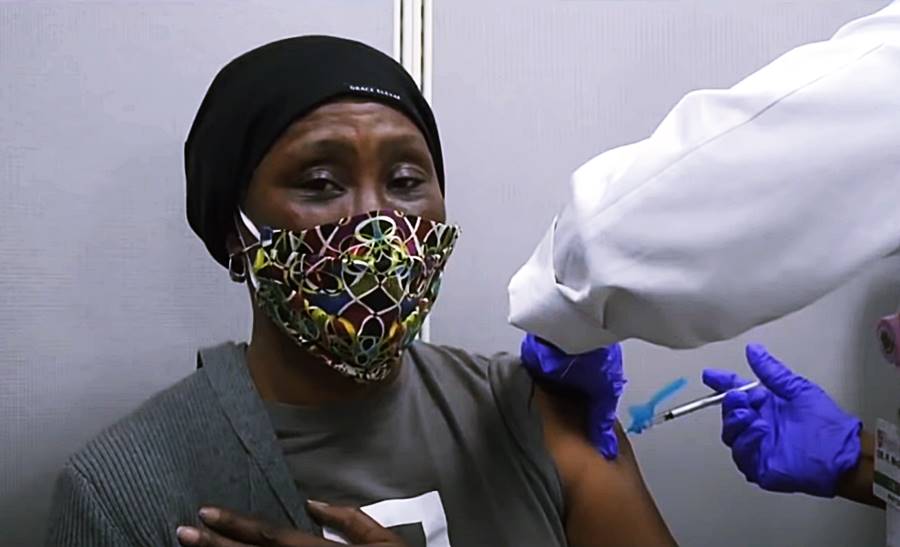Tue 09 February 2021:
A joint World Health Organisation (WHO) and Chinese expert mission stated on Tuesday that there is not enough evidence indicating that coronavirus was spreading in China’s central Wuhan before December 2019. The joint mission has been investigating the origins of COVID-19 outbreak in Wuhan, China.
The WHO team arrived in Wuhan on 14 January and after two weeks of quarantine, visited key sites like the Huanan seafood market, the location of the first known cluster of infections, as well as the Wuhan Institute of Virology, which has been involved in coronavirus research.
Addressing a virtual news conference in Wuhan city of China, the Chinese team leader Dr. Liang Wannian said: “The discovery of viral sequence of coronavirus suggests the virus originated from the zoonotic transmission, but the host is yet to be identified.”
“There is insufficient evidence that SARS-COV-2 [COVID-19] had spread in Wuhan before December 2019,” he said and added: “There is no indication.”
Ben Embarek, head of the WHO mission, added that the objective of their study is to determine whether the coronavirus had ‘previous history’ and was spreading earlier than December 2019. WHO experts have also termed the theory that COVID-19 originated from a laboratory in Wuhan as “extremely unlikely”.
“The laboratory incident hypothesis is extremely unlikely to explain the introduction of the virus into the human population,” said Embarek. “Therefore, is not in the hypotheses that we will suggest for future studies.”
He said the researchers looked at possible pathways to introduce the virus into human habitation, like wild animals, in a different environment where humans and animals can interact.
LIVE from Wuhan : Media briefing on #COVID19 origin mission https://t.co/WGpRGsd8vE
— World Health Organization (WHO) (@WHO) February 9, 2021
“Host is yet to be identified,” he said.
The WHO team member said the teams used four main hypotheses to carry out their analysis; a direct jump of the virus from animal to human, virus jumping to human through an intermediate host, food chain, in particular, potential frozen food products serving as a surface for the spread of the virus to humans, and the possibility of a laboratory incident which is extremely unlikely.
Dr. Liang said the WHO international experts came from 10 other countries, which started work on Jan. 14 and conducted on-site visits and research besides detailed presentations and interviews.
“Sequence diversity of coronavirus appeared in the early Wuhan outbreak, suggesting there are transmission chains beyond the Huanan seafood market,” Liang said.
Liang Wannian said, even though transmission from animals was possibly the route the virus took, so far “the reservoir hosts remain to be identified”, Wannian said.
Wannian added that studies have shown that the virus “can be carried long-distance on cold chain products”. This alludes to the theory that the virus was imported to China. This theory has been floating around in China for the past few months.
The WHO team had arrived in Wuhan on January 14 and after two weeks of quarantine, the team visited key sites like the Huanan seafood market as well as the Wuhan Institute of Virology.

FOLLOW INDEPENDENT PRESS:
TWITTER (CLICK HERE)
https://twitter.com/IpIndependent
FACEBOOK (CLICK HERE)
https://web.facebook.com/ipindependent
Think your friends would be interested? Share this story!





